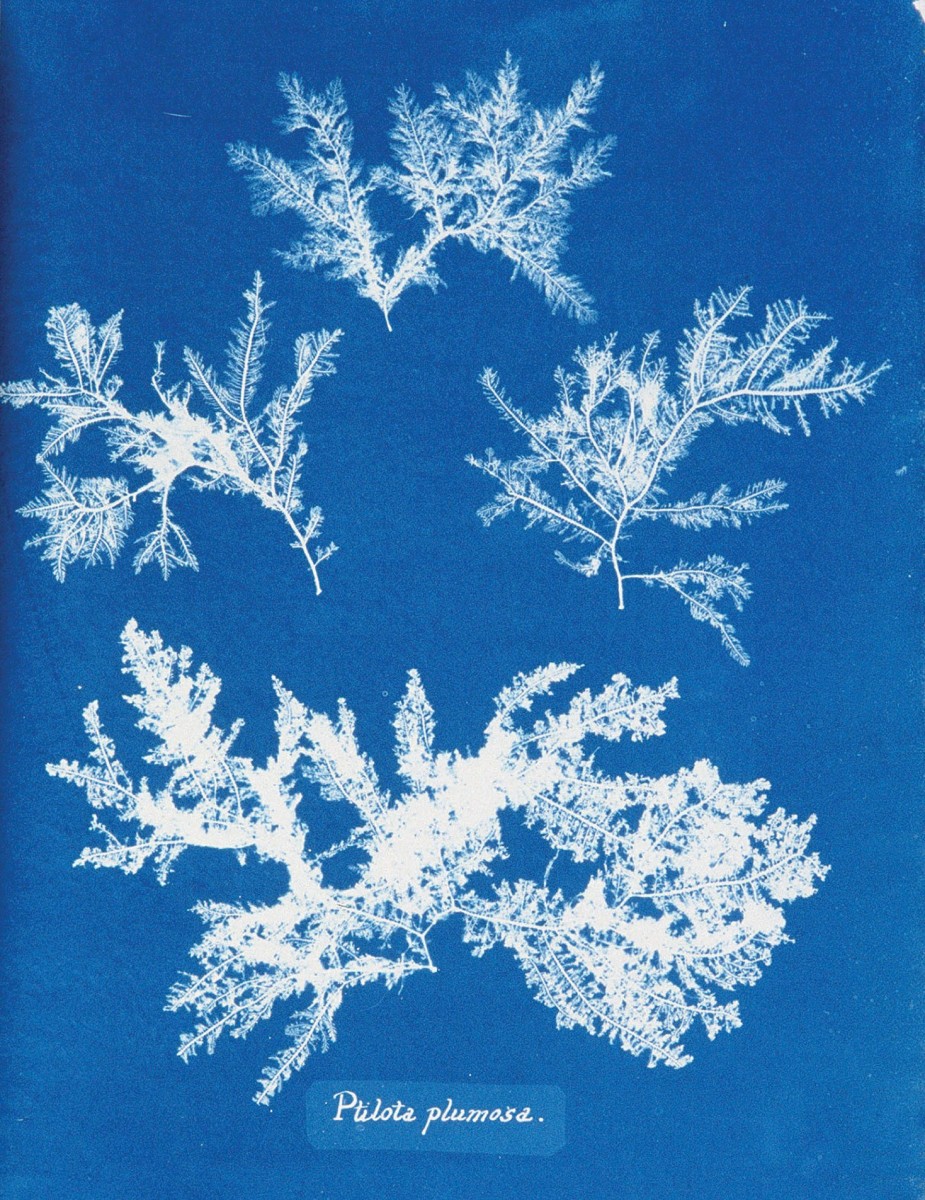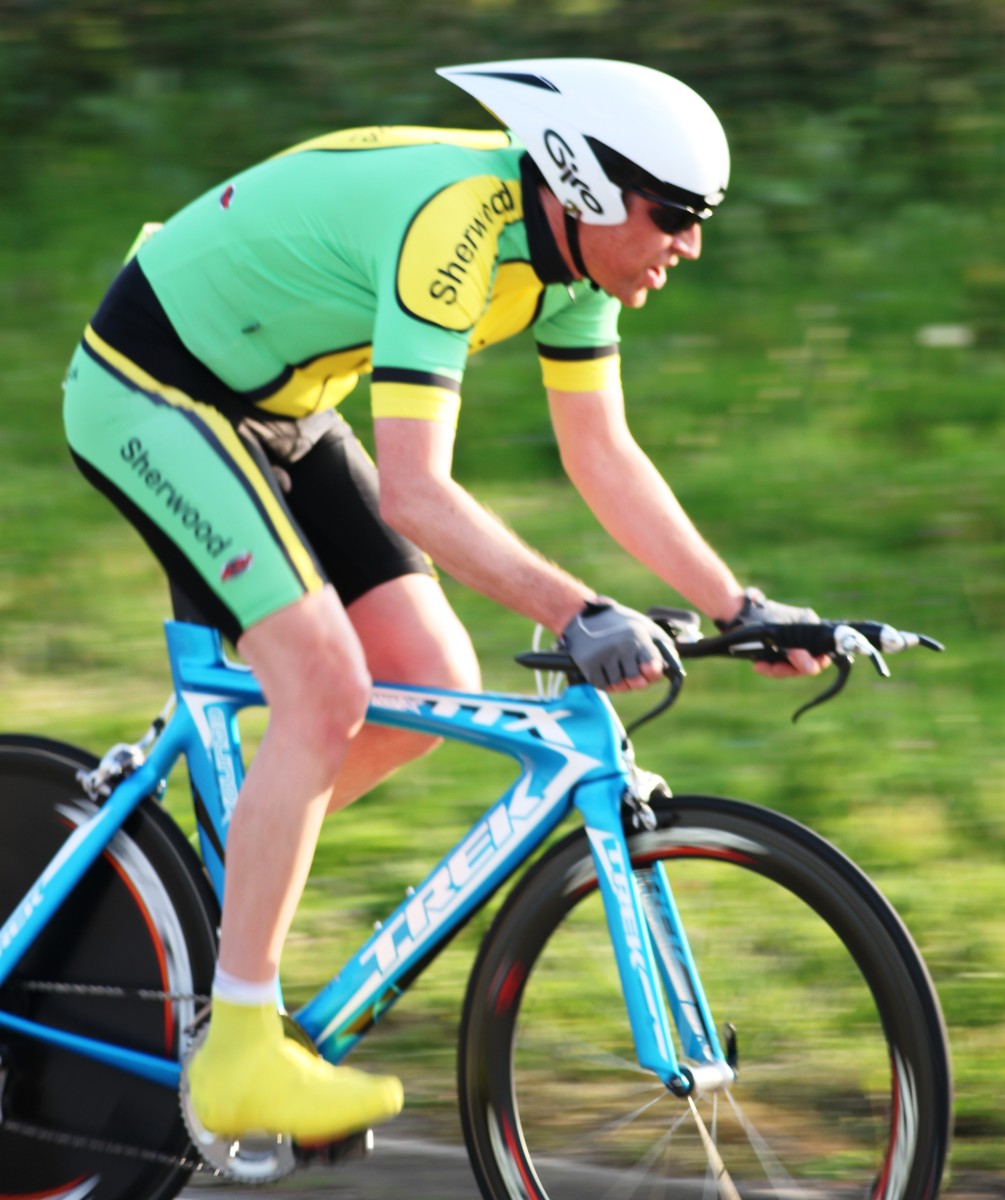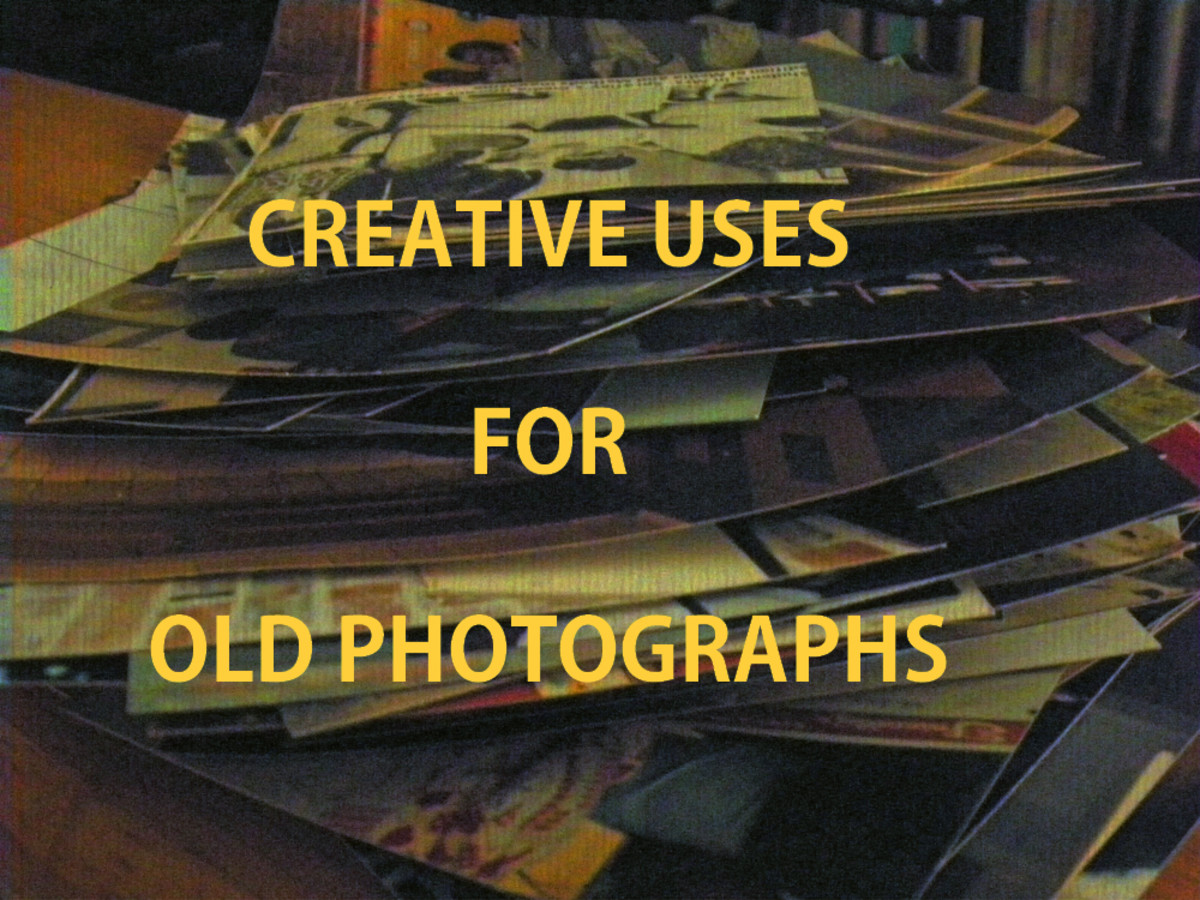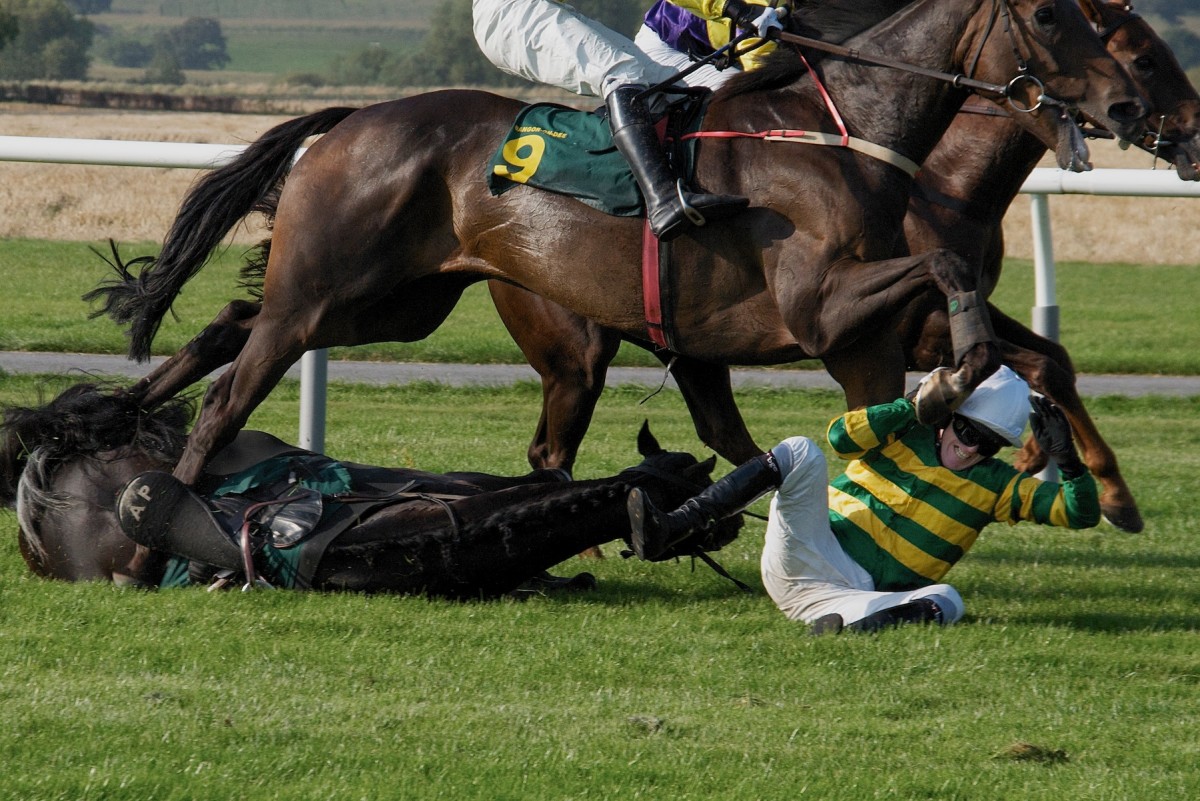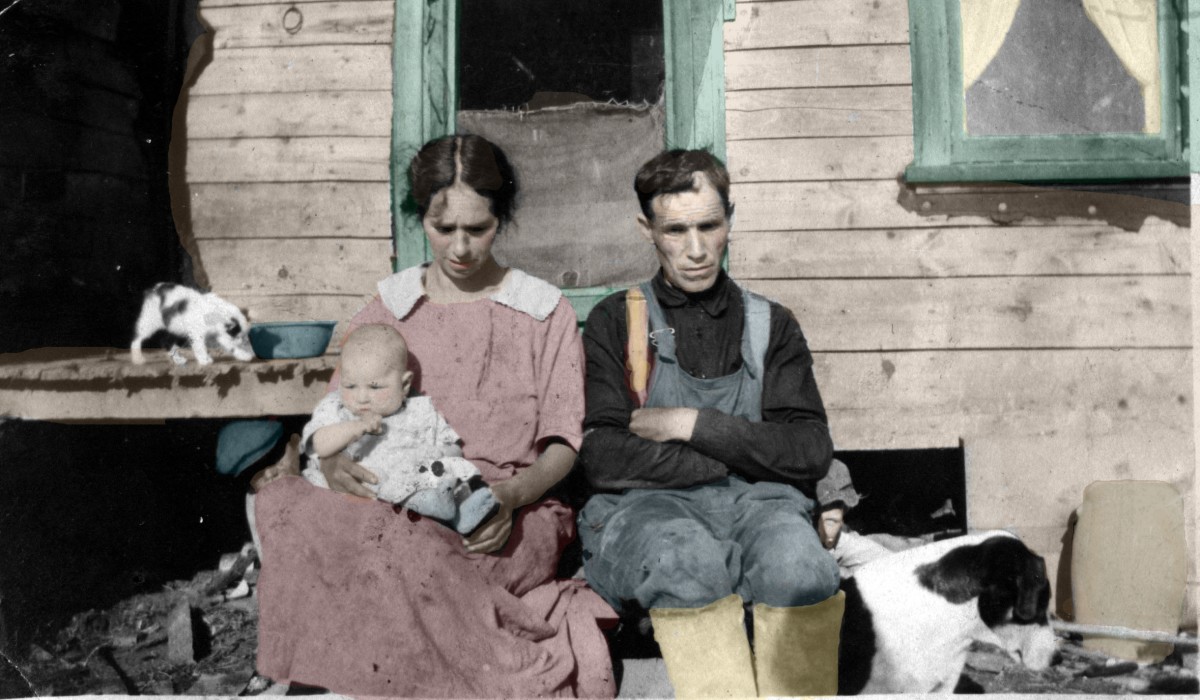Harris Shutter and Lolcat Photography
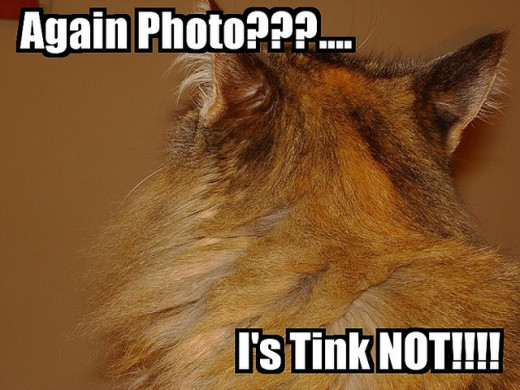
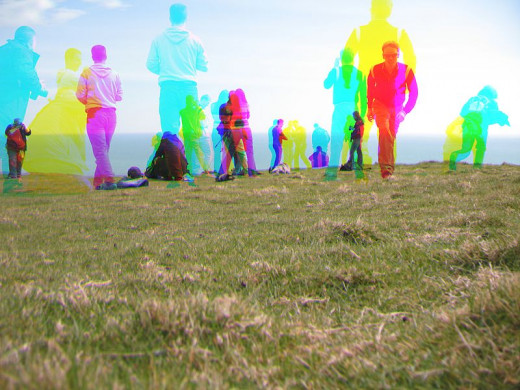
Not all photographic techniques are meant to produce photographs that can be sold or done by professionals with the intent of building a portfolio, or with any other intent but just to have fun. What do you get when you mix a cat, some text and a photograph?
If you laugh at first then you have described half the technique called lolcat (the acronym "laughing out loud" or l.o.l and cat).
This fun technique was originally used with cat photographs whose images were captured in fun and imaginative ways and to which text was digitally added to usually make a funny or sarcastic statement.
But don't be so quick and blame the digital age, this was first done back in 1870 by British photographer Harry Pointer -Wikipedia. Although the most modern adaption dates to the year 2006 or thereabouts with the explosion of photo sharing technology and its growth in popularity.
This phenomena has grown into many variations and to include almost any animal. The images are of any animal in particular that happens to be displaying some unusual behavior or a seemingly funny pose and then adding any appropriate text to the final product.
The text is usually misspelled on purpose or grammatically incorrect verb usage is added. All meant to highlight the humorous value and intent of the image.
The name variations or parodies will normally start with the lol acronym followed by the name of the animal like loldog, lolcow, lolhorse etc. This has to some extent become an Internet sensation, and now widely used.
People and children, especially babies can be photographed in comical situation and an accompanying text added to sort emulate the lolcat genre.
However, one can still do this for a living, many of these images are widely used by the greeting card and poster producing industry. Bottom line, just have fun with your photos and if they are good, maybe you can sell them.
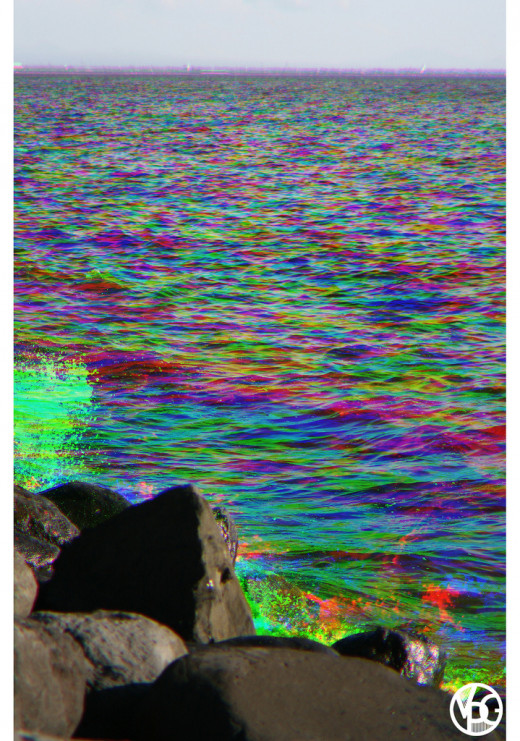
The Harris shutter technique is another of those fun gimmicky photographic techniques which seems to have been invented or discovered by someone with too much time on their hands but one that has developed into a full blown photographic technique with artistic and technical value.
It involves taking at least three photos of the same moving subject. In fact this effect may not be reproduced and may not work unless your subject is in motion or some part in the scene is in motion.
Waterfalls, cars and moving bodies of water are especially good subjects. The camera must allow one to take three images of the same subject on the same frame of film.
Each image is taken with a colored filter with one slit that has a colored gel filter and the other two slits blocked or with just colored filters one of the three main colors used one at a time. The filters are red, green and blue. You are in fact re-exposing the same frame three times in consecutive order. Thus the final image will seem to have "rainbow" patterns at the edges of the moving subject. Clouds and groups of people also are good subjects for this technique.
If applying this technique in a digital format, the photographer takes three consecutive images of the same subject and then edits the individual images through any of the widely available photo editing software programs; use the red channel and combine it with the blue and green channels into the same shot.
Most of these shots are gimmicky, thus not really having any selling value, but some good samples can be obtained and then in turn sold to greeting card producers and to photography publications. There are even some very good and very pleasing effects that can be achieved with the Harris shutter technique which eventually are shown in art galleries. This can be a very enjoyable form of photography but it will take some time to master properly.
- http://knowyourmeme.com/memes/lolcats
LOLcats are image macros consisting of humorous photos of cats with superimposed text written in a form of broken English known as lolspeak. The LOLcat meme gained much of its traction through the weekly ritual of Caturday on 4chan and I Can Has Chee
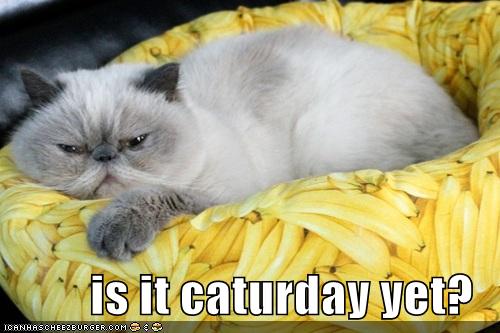


![Adobe Photoshop Elements 2018 [Old Version]](https://m.media-amazon.com/images/I/51AQ4wl7eOL._SL160_.jpg)
